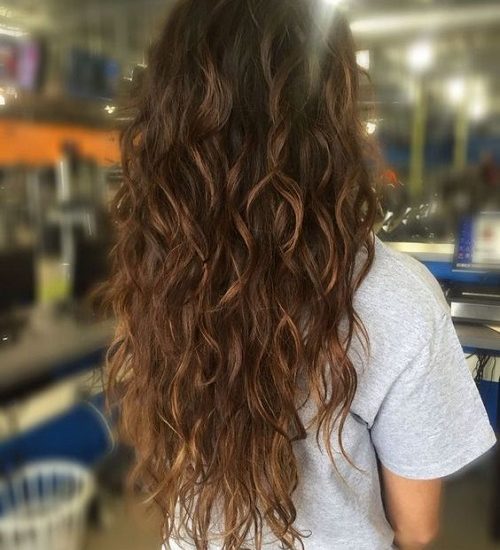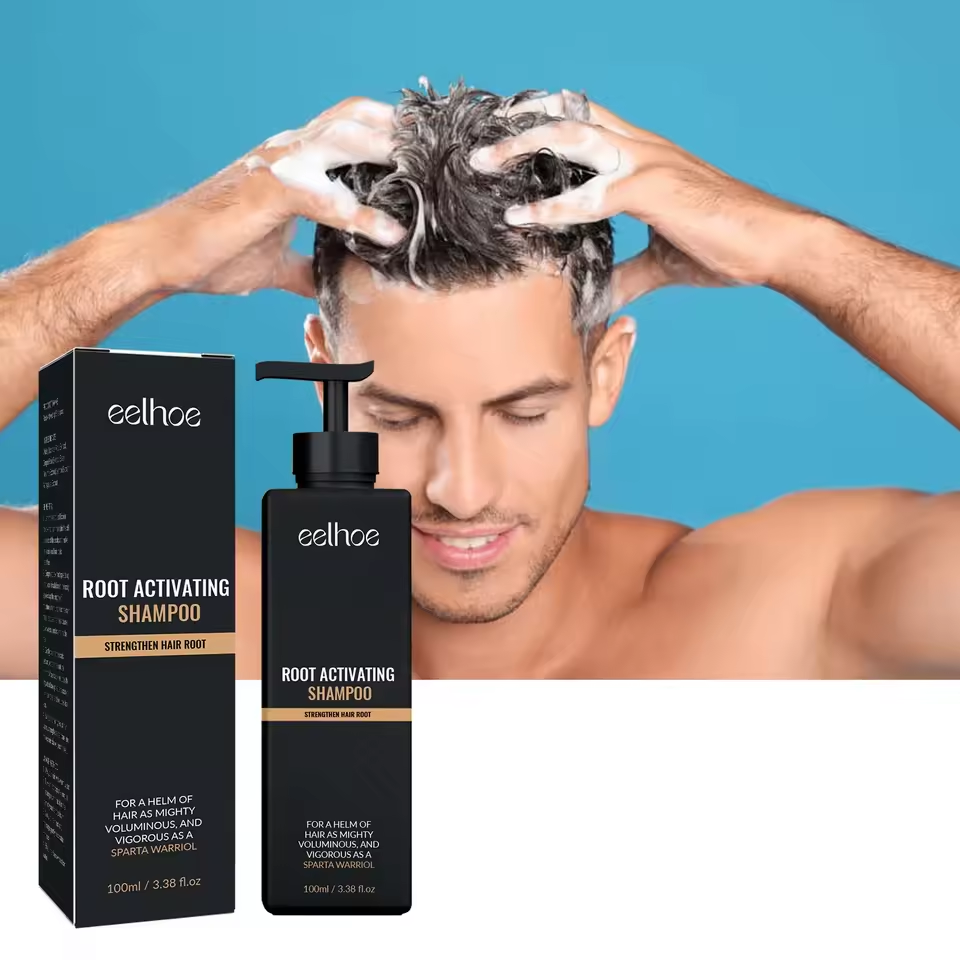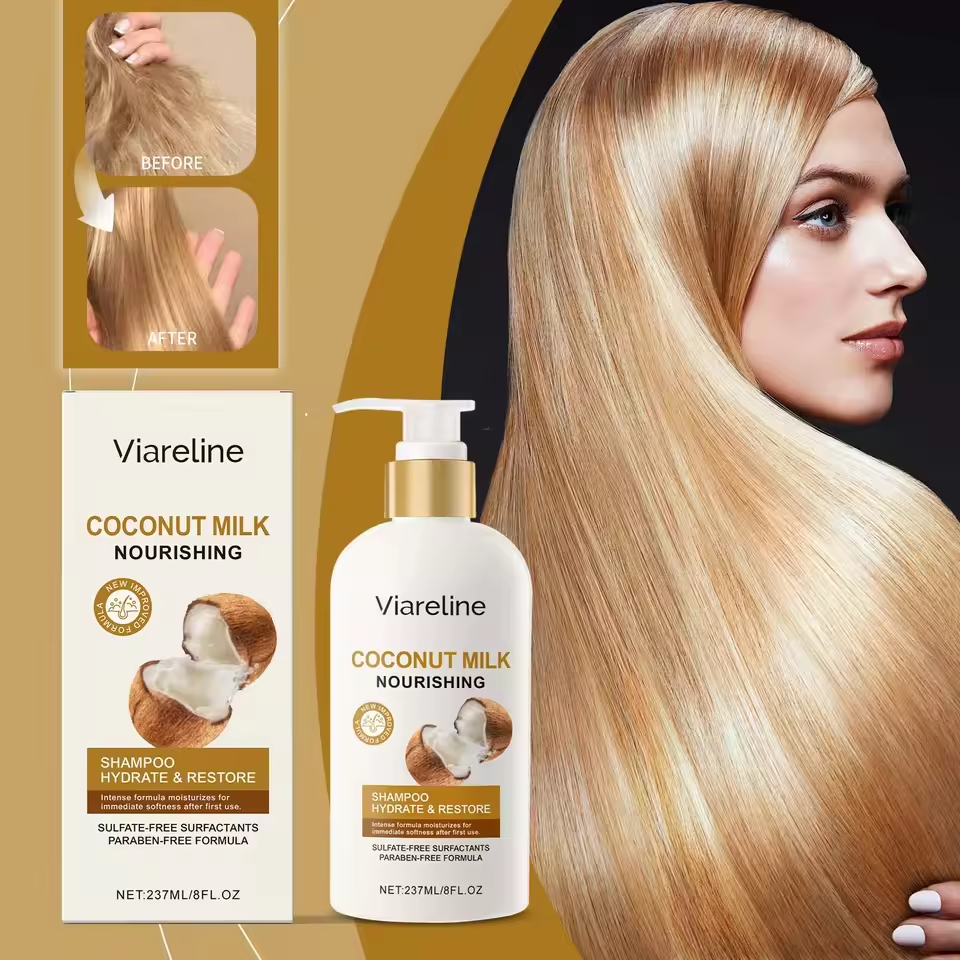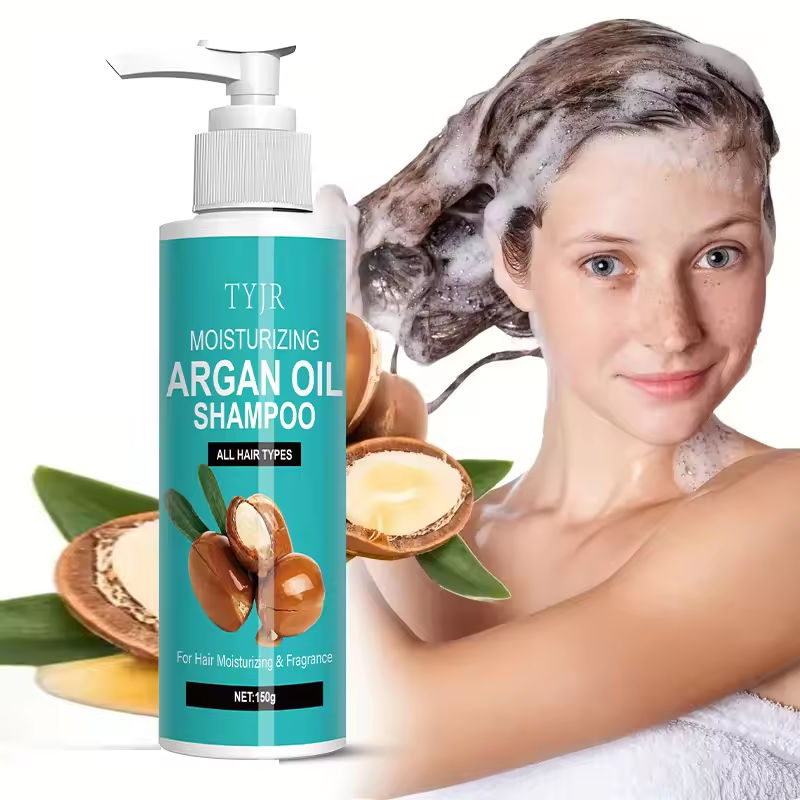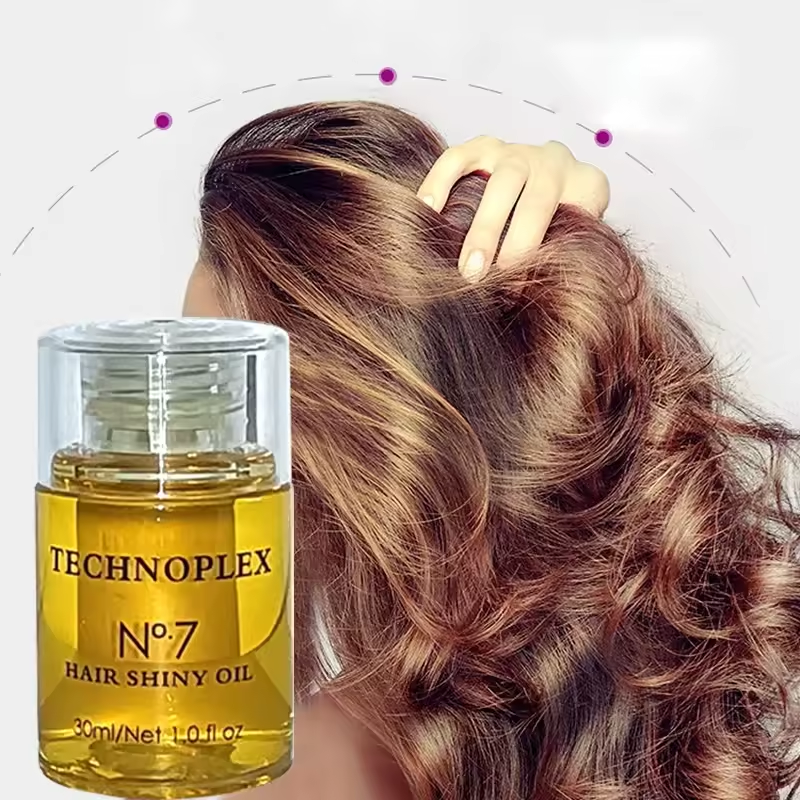Can you dye permed hair? Perms and hair dye are popular ways to alter your hair’s look and texture. However, if you’re considering both, it’s important to understand how they affect your hair and how to space them out for best results.
This article explores the science behind perms and hair dye, along with aftercare tips for keeping your hair healthy.
Understanding Perms
Perms use chemicals to break down the bonds in your hair and reshape them. This process can leave hair vulnerable to damage, especially if harsh chemicals are used.
Here are some things to consider about perms:
Perm Types:
There are different perm types, each with varying strengths and effects. Tight curls require stronger chemicals than loose waves.
Hair Condition:
Healthy, virgin hair typically handles perms better than hair that’s already colored, treated, or damaged.
Understanding Hair Dye
Hair dye also uses chemicals to alter hair color. There are two main types:
- Temporary Dyes: These wash out after a few shampoos and are generally less damaging.
- Permanent Dyes: These penetrate the hair shaft and permanently alter hair color. They can be more damaging than temporary dyes.
Both types of dye can affect how your hair holds a curl. Some dyes may cause curls to loosen or become frizzy.
Perm Before or After Dye?
It’s generally not recommended to perm and dye your hair back-to-back. Both processes are stressful on hair, and doing them too close together can significantly increase the risk of breakage and damage.
Here’s a breakdown of which order might be better:
- Perm First: If you want to perm your hair first, wait at least 6-8 weeks before coloring it. This allows your hair time to recover from the perming process.
- Dye First: If you want to color your hair first, consult a hairstylist to see if a gentler dye option is available. They can also advise on waiting time before perming.
Remember: Regardless of the order you choose, prioritize healthy hair. If your hair feels dry, brittle, or damaged, wait to perm or dye it until it recovers.
Aftercare is Key
Following a good aftercare routine is essential for keeping your hair healthy after both perms and dyes. Here are some tips:
- Use gentle, sulfate-free shampoos and conditioners.
- Deep condition regularly.
- Minimize heat styling.
- Avoid tight hairstyles that can pull on your hair.
- Get regular trims to remove split ends.
By following these tips, you can help minimize damage and keep your hair looking its best.
Consult a Hairstylist
For personalized advice on perming and dyeing your hair, consulting a professional hairstylist is always recommended. They can assess your hair’s condition, recommend the best approach, and suggest products to keep your hair healthy.
Safety First: If you have any concerns about hair coloring or perming, especially if you have allergies or scalp conditions, consult a doctor or dermatologist before proceeding.
Coloring Permed Hair: Risks and Considerations
So, you want to rock both a perm and colored hair! Here’s the thing: perms and dye can be a fun way to change up your look, but they can also be risky if not done carefully. Both processes involve chemicals that can stress your hair.
Thinking about coloring permed hair? Here are some things to consider:
-
Hair Health is Crucial: Healthy, virgin hair typically handles perms and dyes better than hair that’s already been colored, treated, or damaged. If your hair feels dry, brittle, or weak, hold off on coloring until it recovers.
-
Perm or Dye First? Patience is Key: If you’re set on both a perm and color, waiting is key! It’s generally not recommended to do them back-to-back. Here’s a breakdown:
-
Perm First: Wait at least 6-8 weeks before coloring your hair. This allows your hair to recover from the perm chemicals.
-
Dye First: Consult a hairstylist! They can advise on a gentler dye option and recommend waiting time before perming.
-
-
Consult a Hairstylist: A professional hairstylist can assess your hair’s condition and recommend the best course of action. They might suggest:
- Highlights or Lowlights: For a color change without fully coloring your hair.
- Gentler Dyes: Some dyes are less damaging than others.
Remember: Coloring permed hair can be tricky, and there’s always a risk of damage. If you prioritize healthy hair, consider waiting or opting for temporary color options.
Temporary Dyes Offer a Safe Experiment
It can be a fun way to experiment with color without the commitment or risk of permanent dyes. Temporary dyes come in various forms:
- Hair Mascara: Adds a temporary tint to hair strands. Great for trying out a new color for a day or evening.
- Colored Sprays: Offer a quick and temporary color change, often washing out after one shampoo.
- Temporary Hair Chalk: Adds streaks of color that shampoo out easily.
Temporary dyes are a great way to add a pop of color or change up your look without the lasting effects of permanent dyes.
Healthy Hair is Happy Hair
Regardless of your hair goals, healthy hair is the foundation for any style. Here are some tips to keep your hair healthy:
- Use gentle, sulfate-free shampoos and conditioners.
- Deep condition regularly.
- Minimize heat styling.
- Avoid tight hairstyles that can pull on your hair.
- Get regular trims to remove split ends.
By following these tips, you can give your hair the love it needs to stay strong and healthy.
Coloring Permed Hair: Creative Alternatives
Perms and hair dye can be a fun way to express yourself, but it’s important to prioritize healthy hair. If you’re set on coloring your permed hair, consider these creative, lower-risk alternatives to full-on permanent dye:
-
Play with Hair Accessories: Headbands, scarves, and clips in vibrant colors can add a pop of color to your hair without any dye. They come in endless styles and patterns, so you can find something to match your mood and outfit.
-
Embrace Temporary Dyes: Temporary dyes, like hair mascara, colored sprays, and hair chalk, wash out after a shampoo or two. This allows you to experiment with different colors without the lasting commitment of permanent dye.
-
Highlight or Lowlight with Perm. If you want a more subtle color change, consider highlights or lowlights. These techniques add dimension to your hair without completely altering your base color. A hairstylist can advise on the best placement and colors to complement your permed hair.
Remember: Consultation is key! If you’re unsure about coloring your permed hair, a hairstylist can assess your hair’s health and recommend the best course of action to achieve your desired look.

